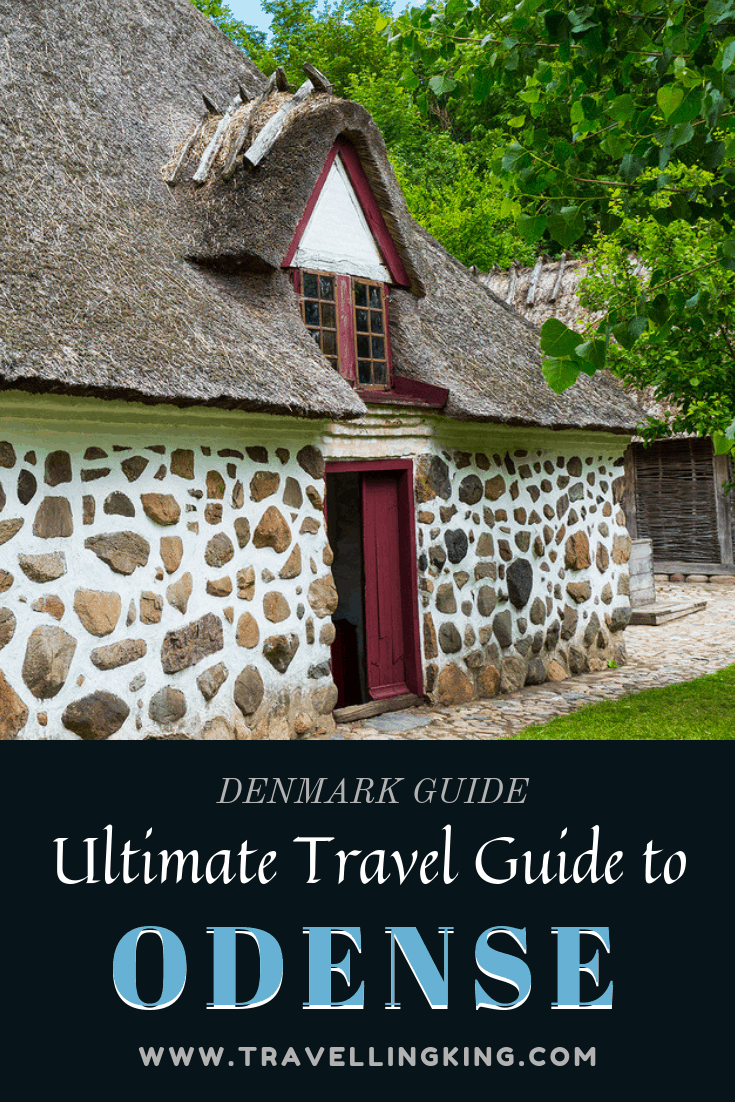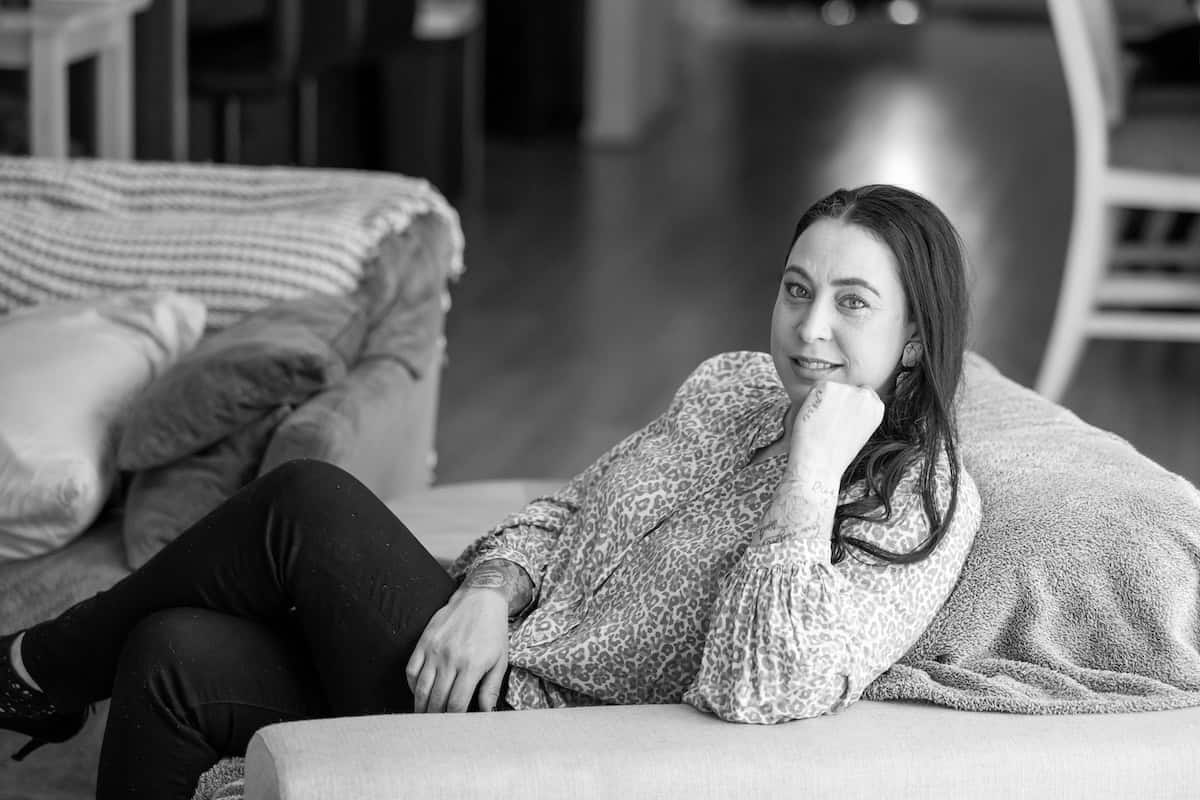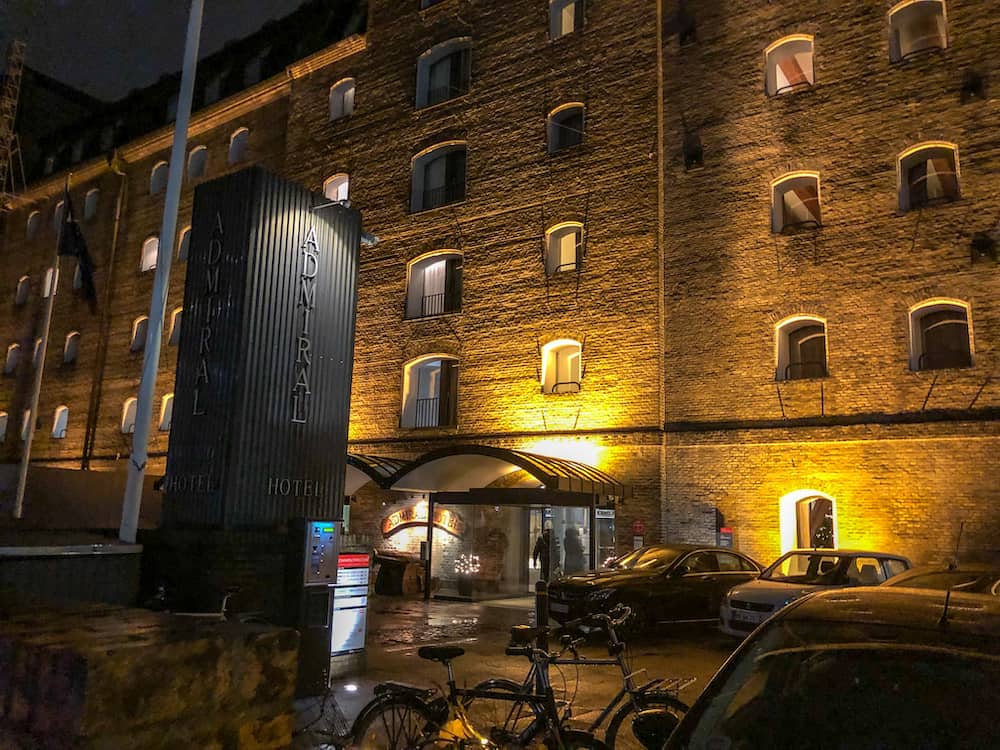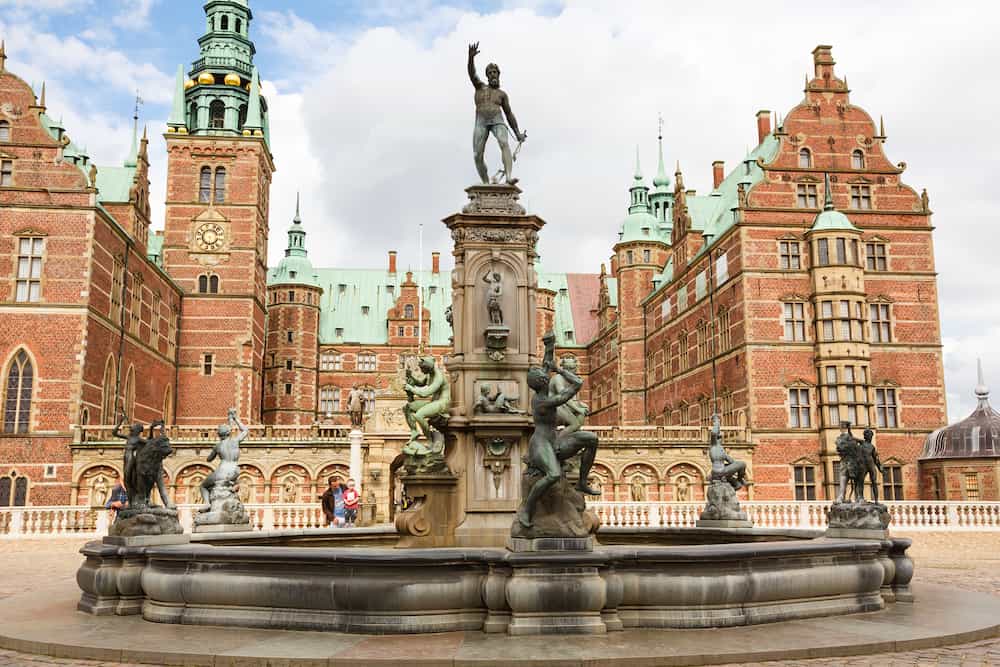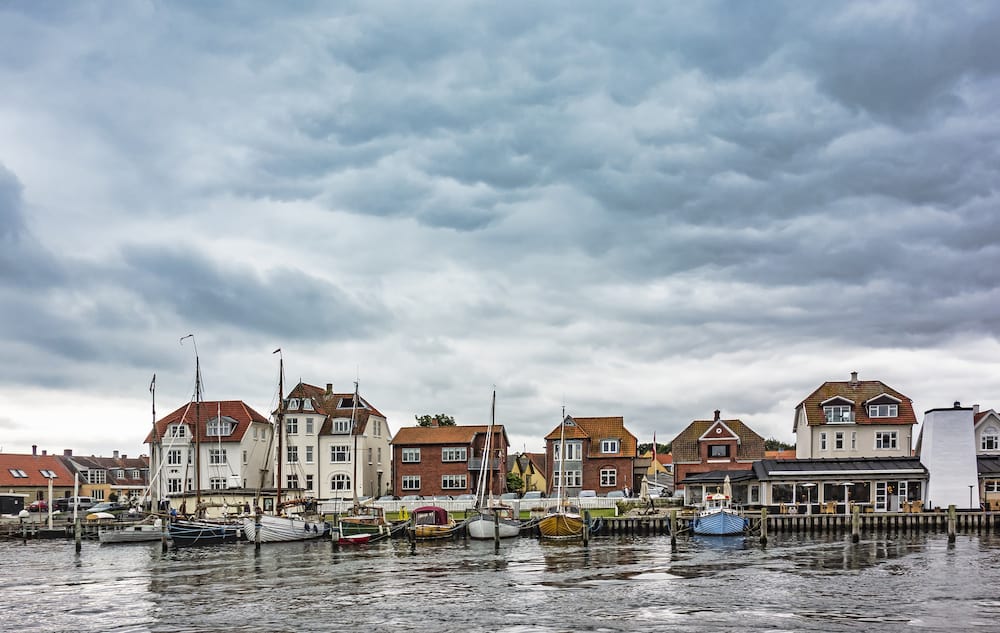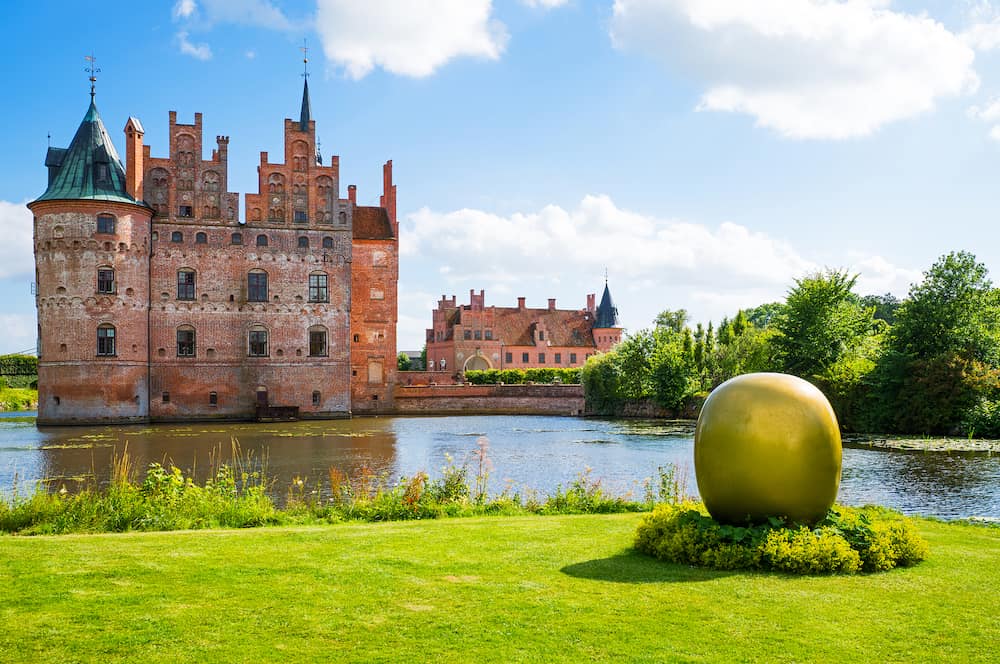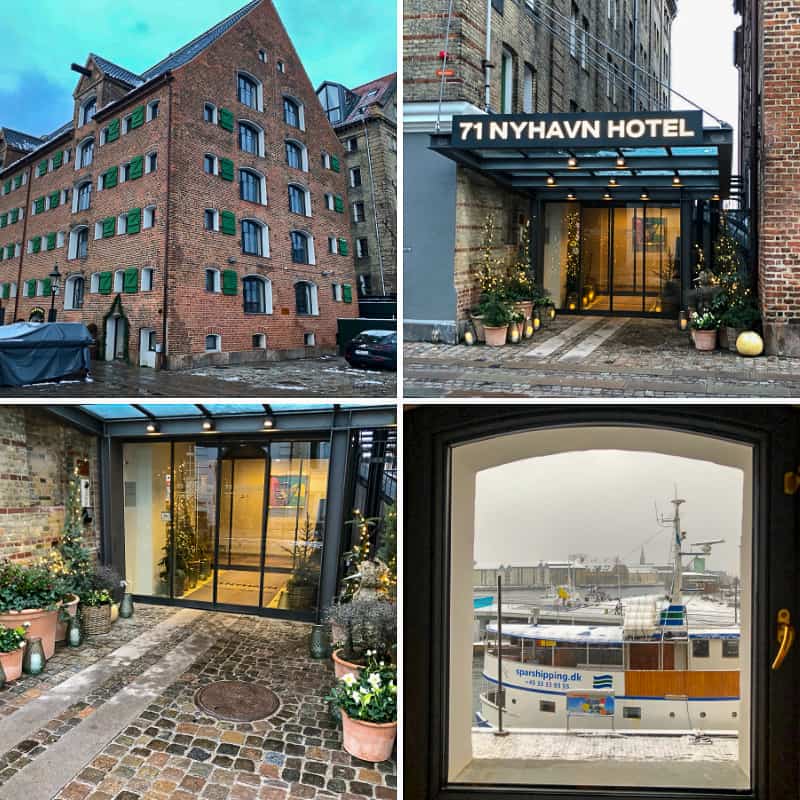Ultimate Travel Guide to Odense
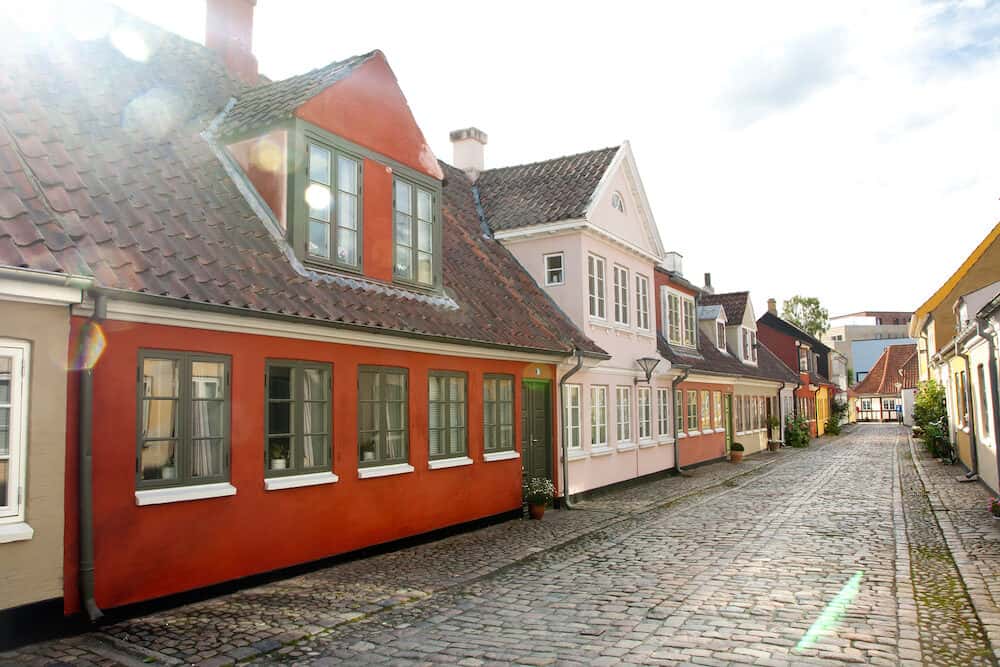
Odense is Denmark’s third most populous city. Located on the island of Funen, it has remained a small yet thriving area for over 4,000 years.
It’s a destination that not many people outside of Scandinavia know about, yet is definitely worth visiting and learning about. If you’re after a casual weekend getaway, Odense may be the ideal place for you.
If this is the first you’re hearing about this charming Danish city, you’re likely wondering, what is there to see and do in Odense?
Keep reading for the ultimate travel guide to Odense, covering the best sites, activities, tours, foods, and places to stay. By the end, you’ll be inspired and ready to organise a trip right away!
This ultimate travel guide to Odense will show you all the most beautiful places in Odense, what to expect when visiting, where to stay in Odense and things to do in Odense which will help you in planning a trip to Odense.
Plan your trip
Save on fees abroad with the Wise Card—use it at ATMs, restaurants, and for flights or hotels in over 150 countries. Manage 40+ currencies in real-time with the Wise app.
Need Help Planning?
- Cheap Flights: Find the best deals.
- Accommodation: From hostels to luxury stays.
- Car Rental: Affordable options worldwide.
- Sightseeing Tours: Explore without breaking the bank.
- Travel Adapter: One adapter for all your needs.
- Travel Insurance: Don’t risk it—stay covered.
This post includes affiliate links. Read my full disclosure and content policy.
How to get to Odense
The most common way to get to Odense is via Copenhagen, the capital city of Denmark. Copenhagen Airport is the third busiest airport in Northern Europe and the busiest in Scandinavia, so you won’t have any difficulties finding convenient flights.
From the airport, you can catch a direct train to Odense. Trains depart frequently and take between an hour and a half to two hours. Simply head to the lobby in Terminal 3 to purchase a ticket and find the right platform.
If you’re already in central Copenhagen, catch a train from Copenhagen Central Station instead. The IC train leaves every half an hour, and takes an hour and a half to reach Odense.
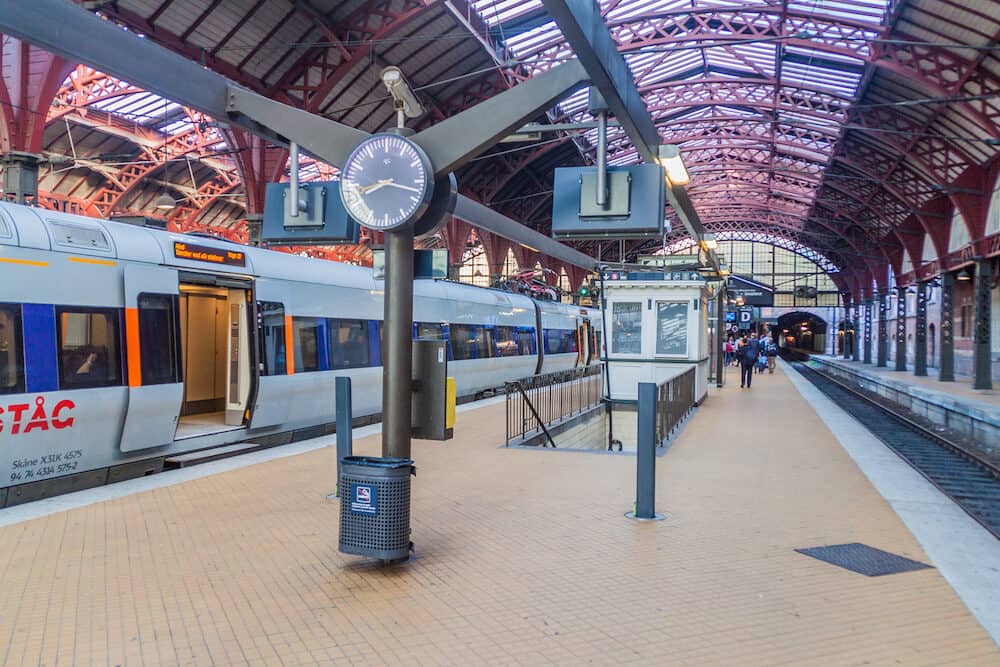
What to expect in Odense
The official language in Odense and the rest of Denmark is Danish. It’s somewhat mutually intelligible with Swedish and Norwegian, although you don’t need to know any of these languages to get by.
Almost everyone in Denmark can speak English very well, so you’ll easily be able to communicate with the locals in Odense. That being said, you may need Google Translate ready to understand some signs and menus.
Although you might expect Denmark to use the euro, its currency is actually the Danish krone. You’ll see the krone written as DKK or kr. One euro equals about DKK 7.5, an exchange rate which continues to be stable.
By Danish law, service charges are added to bills at restaurants and hotels. The average wage is reasonably in Denmark, so you aren’t obligated to leave anyone an extra tip.
How to get around Odense
For your first time visiting Odense, hop aboard one of the bright pink buses. These free city buses depart each stop every 10 minutes from 9 to 5 on weekdays and 9 to 4 on Saturdays. They take a convenient loop around the centre of the city so you can get a quick grasp on the layout of Odense.
If you want to explore more independently, Odense has a 24-hour bicycle hire system. You can find an available bike at any automated parking station at convenient locations around the city.
If you have an international mobile number, you can send a text message with the bike’s ID number to +45 3137 8444. The bike will then be unlocked and free for you to ride for the next 24 hours.
The western part of Odense’s city centre is pedestrian-only, so you’ll quickly discover you can get around by walking.
The best time to visit Odense
Summer is without a doubt the best time of year to visit anywhere in Denmark. In June, the days are long and the weather is at its warmest. In the middle of summer, the sun typically rises at four in the morning and starts to set at around 10 at night, so there are extra daylight hours for sightseeing!
There are always great music festivals and cultural events happening in Odense during the summer, like the Odense Flower Festival and the Odense International Film Festival in August.
During the wintertime, the days are short and chilly. Unless you’re used to this kind of cold, it’s not an ideal time to explore Odense. Avoid visiting during September as well, as this month is typically the rainiest.
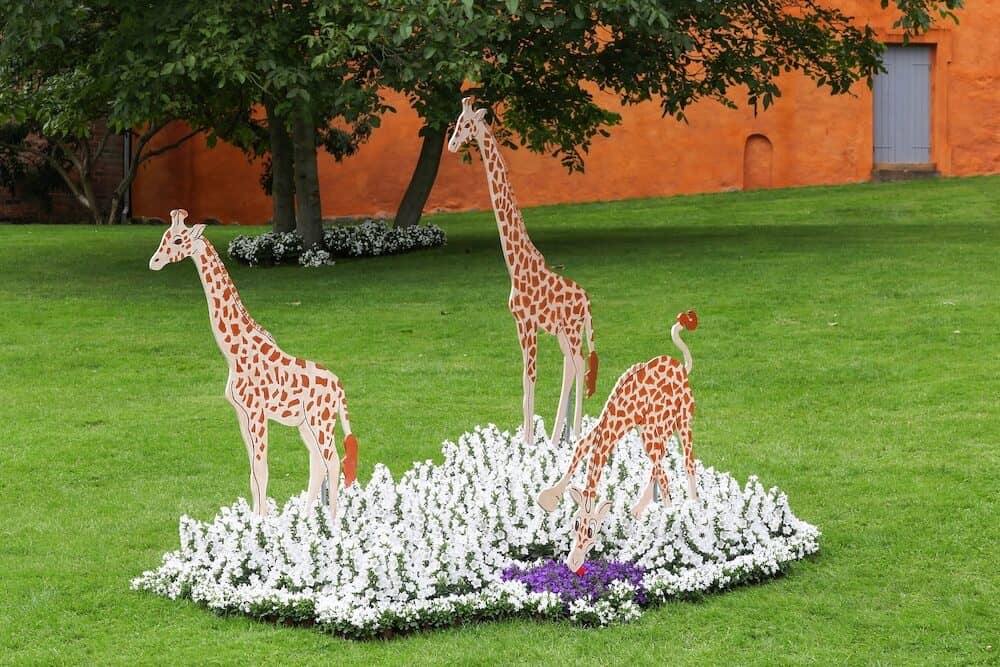
Things to do in Odense
Although Odense is a small city with a population of about 200,000, there are many enjoyable activities and beautiful sites to see. Here are a few of the top things to do in Odense:
Admire the photographs at Brandts
One of the best things to do in Odense is to visit the Brandts Museum. It’s the only museum in the country dedicated to photographic artwork. Located in a former textiles factory, Brandts holds a permanent collection featuring 9,000 contemporary works.
Both Danish and international photographers are on display, with the majority of photographs taken post World War II.
On the first floor is a larger space for temporary exhibitions. There are usually five or six additional exhibits each year.
The works of Hugo Pratt and Adam Jeppesen are on display into 2020. You can check the English version of the Brandts website for further details and specific exhibition dates.
Daily tours run in the summer at three in the afternoon, though private tours can be booked as well.
Get to know Hans Christian Andersen
Hans Christian Andersen is one of Denmark’s most treasured authors. Born in Odense in 1805, he is best remembered for his fairy tales, which were popular among all ages.
He penned such tales as The Ugly Duckling, The Little Mermaid and The Emperor’s New Clothes, which were translated into over 125 different languages. Many of these stories inspired plays and films, some of which you have undoubtedly seen or heard about.
There are a few attractions in Odense dedicated to the life of Hans Christian Andersen. Firstly, there’s the H.C. Andersen Museum. Although the museum is small, you’ll gain some great insights into his life and work. Over 32,000 items here represent his life and impact on literature.
You can also visit his family’s home at Munkemøllestræde 3, where he lived from ages two to 14. Since 1930, it has been open to the public as a small museum showcasing memories from his childhood.
If you’re travelling with kids, you must visit the Tinderbox. This cultural centre for children is full of interactive activities inspired by Andersen’s fairy tales, such as dress ups and face painting.
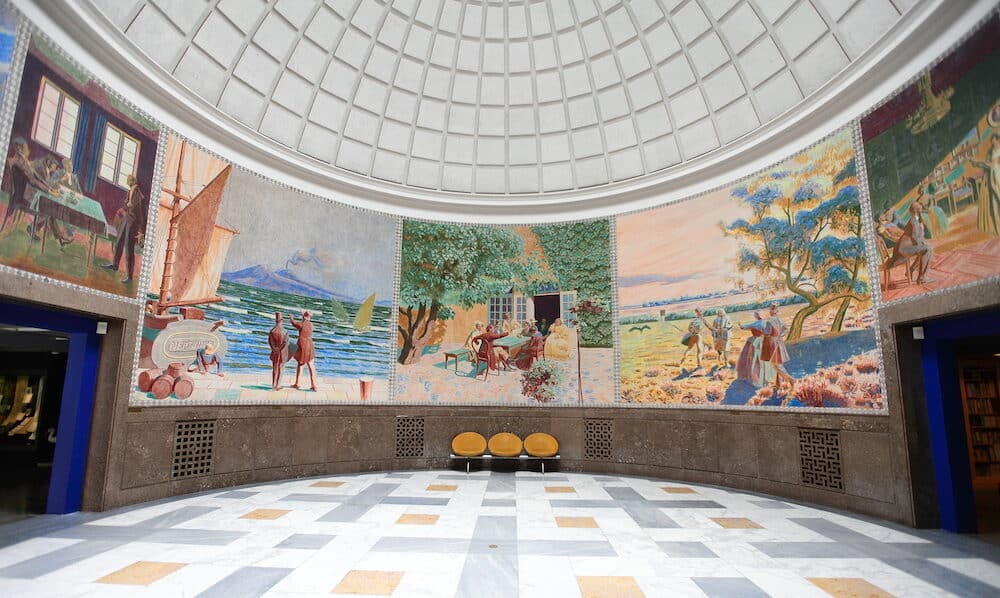
Explore the Funen Village
Step back in time and be immersed in the 1850s at the Funen Village. The open-air museum recreates a rural village environment, complete with farm animals and structures from the 18th and 19th centuries.
See what times were like for the majority of Danes during this era, living self sufficiently in half-timbered farmhouses.
Traditional methods of agriculture are practised here, and there is even a restaurant serving authentic local dishes. You don’t have to travel far for this unique experience, as the village is only a few kilometres from the heart of Odense.
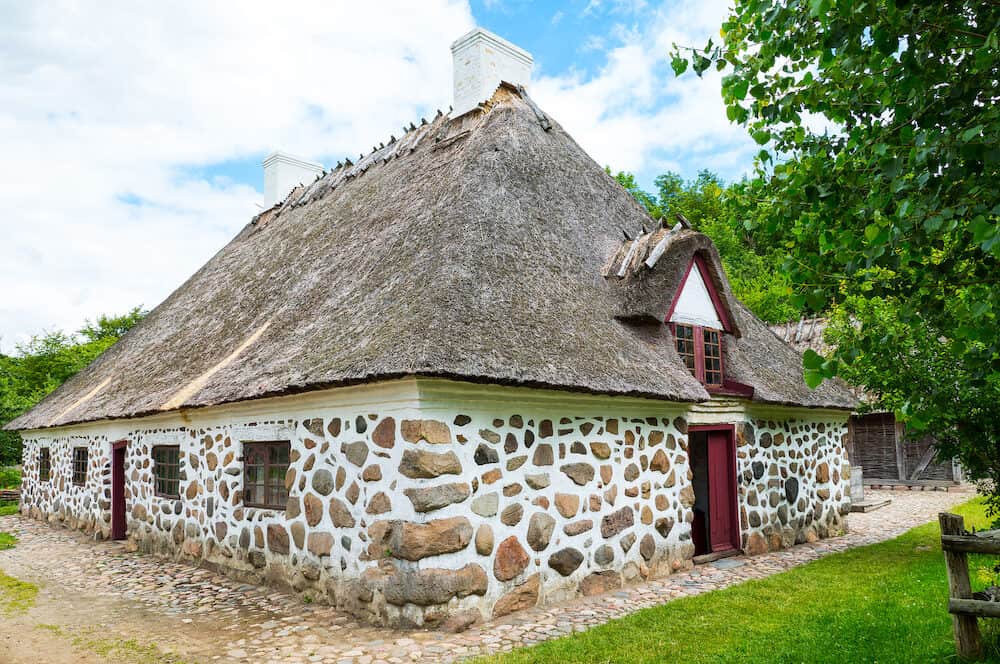
Stop by Møntergården
Keep the learning going at Møntergården, another fascinating museum in Odense. The cultural history museum is located in a courtyard of Renaissance-style, half-timbered houses from the mid-17th century.
Discover what the city was like during the Middle Ages, and stop by the kaleidoscopic exhibition about the ancient history of Funen. Also on display is the Koelbjerg Man. These are the oldest human remains ever found in Denmark, dating back to around 8000 BC.
Visit Odense Cathedral
Saint Canute’s Cathedral, also known simply as the Odense Cathedral, is a great example of Brick Gothic architecture. After the original cathedral was burned down in 1247, the current structure was built over two hundred years and completed in 1499.
The interiors are immaculate, with the towering white columns creating an impressive nave. The remains of King Canute IV and his brother Benedict are on display in the church’s crypt.
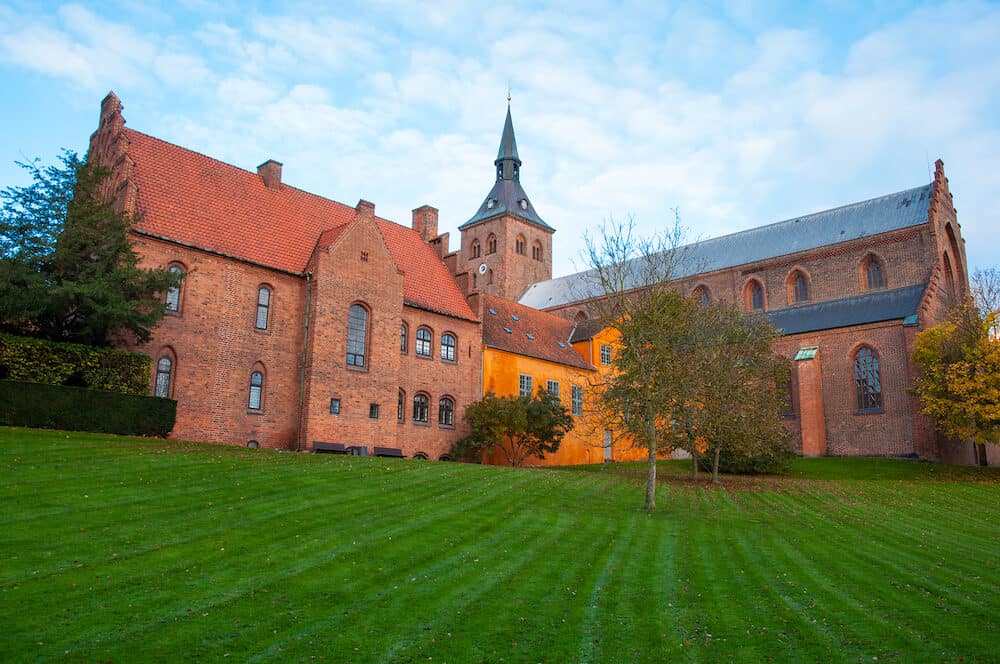
Challenge yourself at the Funky Monkey Park
Have an outdoor adventure at Odense’s Funky Monkey Park, a perfect excursion for all ages. The treetop park offers seven fun ropes courses with varying levels of difficulty, ranging from 50 centimetres to 15 metres high. There are 85 different challenges and 16 different zip-lines.
The green courses are perfect for kids or beginners, while the red and black courses are designed for those seeking a challenge.
The blue courses are some of the longest yet not too difficult to manage, whereas the Scary Monkey course is the highest and most difficult.
The park is closed during winter and only open on specific days of the year, so be sure to check the opening days and times on their website.
What to eat in Odense
When visiting Denmark, you have the opportunity to try the delicious Danish cuisine! Here are some of the top foods you can taste when in Odense:
- Pølser: A popular on-the-go dish, similar to American hot dogs. The red grilled sausages are served in a bun with onions, sliced pickles, mustard and remoulade, a Danish sauce. You can pick one up at any pølsevogn, which translates to “sausage wagon”.
- Aebleflaesk: A simple dish made with apples, pork and onions. It’s traditionally served at Christmas, but you can order it year-round.
- Karbonader: A type of breaded pork patty, served with green peas, carrots and potatoes. In some regions of Denmark, it’s also known as krebinetter. (Pictured below)
- Smørrebrød: An open-face sandwich, always prepared with dark rye bread. There are endless topping possibilities, including cold cuts, salmon, cucumber, tomato, red onion, avocado, and various garnishes. It’s a beautifully presented dish and always popular at cafes.
- Rababergrød: A delicious summer dessert, consisting of a rhubarb syrup with heavy cream and sugar.
- Hønsekødssuppe: A Danish take on chicken and vegetable soup.

Where to stay in Odense
One of the most luxurious places to stay in Odense, Denmark is the First Hotel Grand. Conveniently located in the middle of the city, you’ll have all of the best Odense tourist attractions right within walking distance.
First Hotel Grand seamlessly blends the building’s classic elements and rich history with comfortable and modern amenities. There’s also a free breakfast buffet and a superb cocktail bar.
A more affordable accommodation option is Billesgade Bed and Breakfast. Although it’s located in a quieter residential area, it’s only a 15-minute walk to Odense Central Station.
With clean and cosy rooms, a communal kitchenette, and a delicious fresh breakfast available, you’ll have everything you need to make Odense your home for a few days.

Tours to do in Odense
Since Odense is such a pedestrian-friendly city, a walking tour is a perfect way to get to know the area.
Embark on a private, guided city walk, following the footsteps of Hans Christian Andersen. Pass the cathedral where Andersen was confirmed and the river where his mother earned a living washing clothes.
One beautiful part of this city that hasn’t been mentioned yet is the river. Take a picturesque boat trip departing from Munke Mose every hour between 10 a.m. and six in the evening. It’s a relaxing and peaceful way to pass the time and see Odense.
A regular trip with Odense Aafart costs DKK 95 per adult, or you can opt for the Fairy Tale on the River experience for DKK 120. Remember to buy your tickets online to avoid waiting around in a queue.
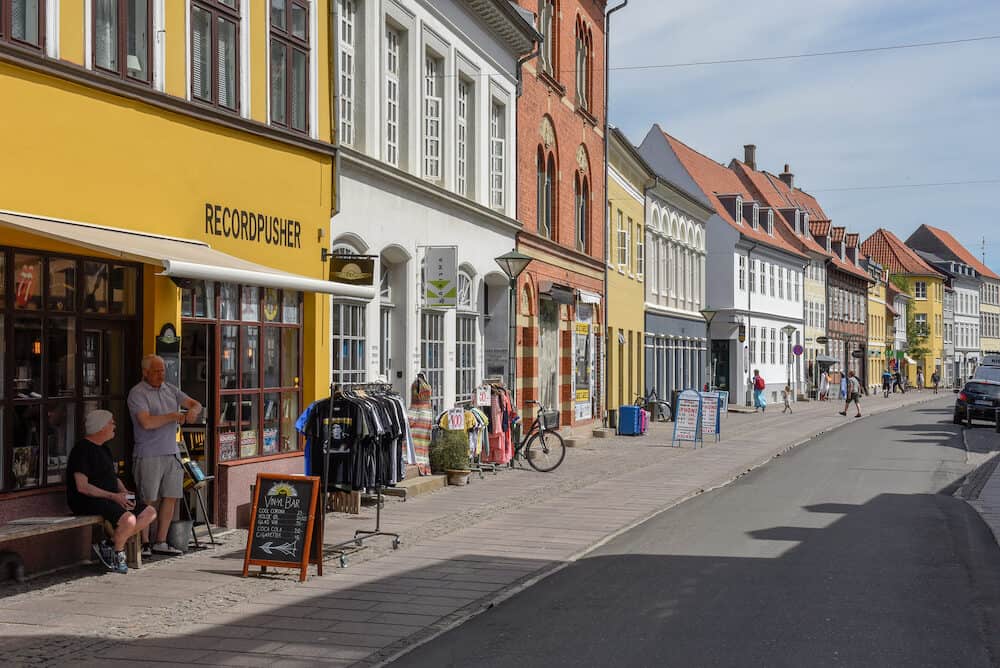
Day trips from Odense
Train travel in Denmark is reliable and comfortable, making it easy to explore the country even when your time is limited.
While in Odense, you can take a day trip to Aarhus, the second-most populous city in Denmark. From Odense Station, the train ride will take you only an hour and 35 minutes. Once you’ve arrived, embark on a fascinating street art and rooftops tour of the city.
On foot, your guide will show you some of the best street art and graffiti while teaching you about the Danish art scene. You’ll also be able to climb up three different rooftops and appreciate the beauty of Aarhus from above.
There’s a two-hour walking tour you can go on as well that’s perfect for those with limited time. Spot the top landmarks like the City Hall, the 12th-century Aarhus Cathedral, and the Moesgaard Viking Museum.
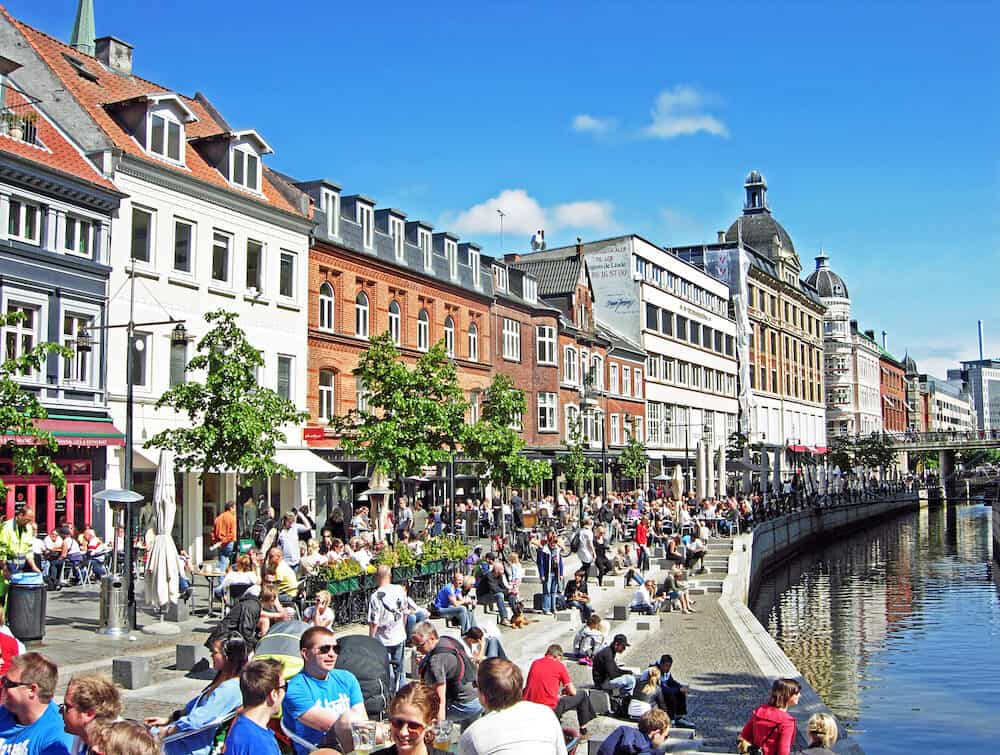
If you’d like to save it for later, please save it to Pinterest.

